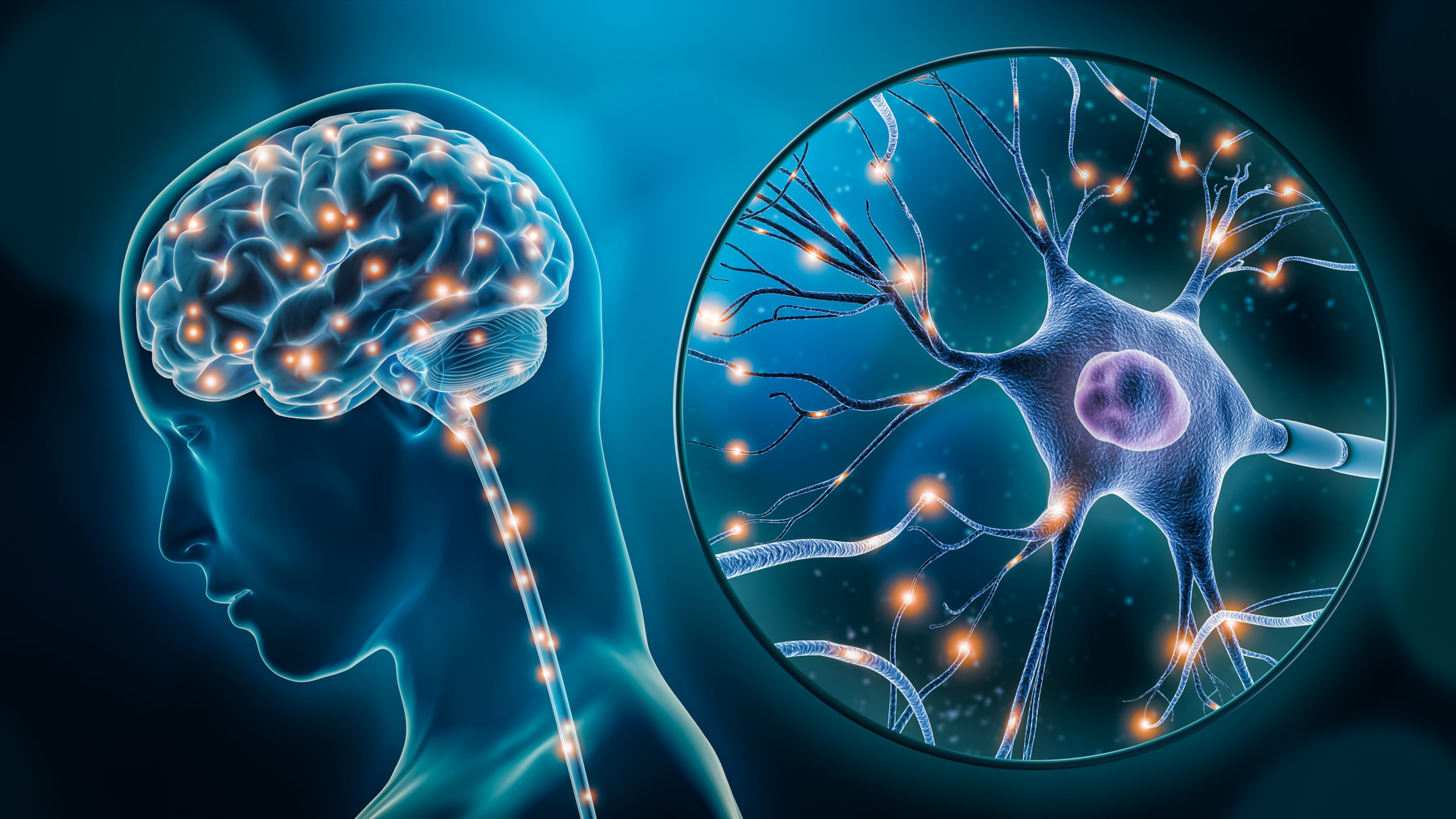Brainspotting vs. EMDR
Brainspotting vs EMDR are both similar therapy treatment options to help patients with PTSD overcome trauma.

Article Contents
What Is Brainspotting?
Brainspotting therapy is a specific form of
therapy that utilizes “brain spots” that can be activated through a person’s eye to help a patient process trauma or negative memories.
Brainspotting was discovered by Dr. David Grand as he was utilizing EMDR therapy to help survivors of 9/11 work through their
trauma. During one session, he discovered that his patient’s eye movement was repeatedly getting “stuck” in the same spot. When he had the patient intentionally focus on the spot, the patient was suddenly able to dive deeper into their emotions and trauma than they ever had before. This prompted Dr. David Grand to develop the practice.
At the same time, Dr. Grand was able to determine that the patient did not seem to be reliving the trauma like they did during EMDR. In addition, they were still able to process the emotions that had been buried, allowing the brain to essentially “reset” itself.
1
What is the Difference Between EMDR and Brainspotting?
Brainspotting and EMDR are both types of therapy that work by practicing bilateral stimulation of a patient’s brain. In both therapies, the
therapist will use outside stimulation to focus on a patient’s eyes to activate hidden emotions, memories, or trauma that have been buried deep in a person’s subconscious. The difference between EMDR and brainspotting when it comes to eye focusing is that in EMDR, a patient will be asked to move their eyes from side to side during the exercise.
In brainspotting, the therapist will concentrate on the specific locations that the patient’s eye moves to and focuses on by itself. If this does not occur naturally, the therapist will use an object, such as a pen, to help guide the patient’s eye to a specific focus spot to help unlock and process certain trauma.
2
Is Brainspotting Evidence Based?
There has been some
evidence that brainspotting works for trauma relief. It is believed that it works by activating the brain’s limbic system, which then helps the brain focus on the emotions that are associated with particular memories.
Once these emotions are identified and the attached memory has been discovered, a therapist can help a patient work through the emotions that they are feeling as they focus on them with greater clarity.
Research is still being done, and there is still much that is unknown about how eye movements, brain spots, and the limbic system interact with one another.
While there is no hard, scientific evidence on the efficacy of brainspotting, many patients report an improvement in their PTSD after two or three brainspotting sessions.
3
Brainspotting Therapy Steps
Only thirteen thousand therapists are fully trained and licensed to be brainspotting therapists. These therapists must follow a specific brainspotting protocol in order to properly perform brainspotting therapy.
Although a therapist is present, brainspotting is largely a patient-led and fairly hands-off form of therapy. The therapist is there to guide the patient by encouraging them to practice deep breathing and to remain as relaxed as possible during the session.
In some situations, the therapist may utilize bilateral sounds, such as music, to help stimulate certain parts of the brain. The patient then identifies the part of their body that they are feeling the most tension or strain in, and the therapist will help them locate the brain spot that correlates with that part of the body.
Eventually, as their body and brain work through the emotions that are uncovered through the brain spot, the patient should feel a sense of relaxation and should be less stressed at the end of the session. For this reason, it is believed that brainspotting for trauma relief is beneficial.
Brainspotting Side Effects
Everyone’s experience with brainspotting will be different. In general, there are no long-lasting or harmful
side effects to brainspotting. Some people may experience some discomfort after their session however, including symptoms such as:
- Crying
- Mental fog
- Emotional or irritable
- Uncontrollable yawning
- Being overly tired for a few days
These side effects typically only last for a day or two at the very longest, and some patients may not experience any discomfort after their session. It is important to rest and relax after brainspotting sessions in order to allow the brain time to process the treatment.
4
What Is EMDR Therapy?

EMDR stands for Eye Movement Desensitization and Reprocessing. In many ways it is very similar to brainspotting, largely because brainspotting was developed from EMDR. Unlike brainspotting, which has a patient focus on one spot, EMDR emphasizes rapid eye movements to help reduce the effect that the emotions and memories have on the brain. In addition, EMDR uses a strictly structured process to help patients overcome PTSD. These steps include:
- Phase One: History taking
- Phase Two: Preparing the client
- Phase Three: Assessing the target memory
- Phases Four through Seven: Processing the memory to adaptive resolution
- Phase Eight: Evaluating results
Whereas brainspotting uses specific tools such as bilateral music to help patient’s engage particular memories, EMDR therapy tools are much simpler. EMDR therapists often only use their fingers, a pen to focus on, or tapping in order to stimulate a memory.
5
EMDR Success Rate
EMDR has been studied and researched more extensively than brainspotting, and as such tends to have a higher documented success rate. Some studies have shown that after three ninety-minute sessions, 84-90% of patients no longer experience symptoms of PTSD.
6
The Difference Between Brainspotting and EMDR
The differences between brainspotting and EMDR lie primarily in the way that the patient utilizes eye movement, or a lack thereof, to either relive or process a painful past event. Both therapies tend to achieve the same goal of healing past trauma, but EMDR is considered more invasive than brainspotting because it forces patients to relive their trauma to overcome It.
Brainspotting vs EMDR: Similarities
The primary similarities between the two therapies are:
- Both utilize bilateral stimulation
- Both start with a specific questionnaire or protocol
- Both use the eyes and eye movements to unlock emotions and memories
- Both utilize meditation, grounding exercises, and deep breathing techniques
- Both therapists pay attention to emotions, thoughts, memories, and physical sensations and then discuss them with their patients
Brainspotting vs EMDR: Differences
The primary differences between the two are:
- Eye movements and eye positioning are different
- EMDR protocol is longer and more rigid than brainspotting questionnaire
- EMDR utilizes reliving the trauma, whereas brainspotting utilizes working through emotions without reliving them
- EMDR uses fingers, pens, and tapping primarily as tools, and brainspotting uses bilateral music, headphones, and pointers.
Brainspotting vs EMDR: Which One is Better?
Although there are a few differences between EMDR and brainspotting, they both have similar success rates. Generally, after about six months of treatment, patients of both therapies report no recurrence in their symptoms. There is no clear way that one therapy is better than the other. It largely comes down to personal preference, the expertise and preference of each therapist, and how comfortable the patient is with overcoming trauma or traumatic symptoms.
At
Iris Healing®, our compassionate and highly qualified therapists are trained in brainspotting therapy. We can help you or a loved one overcome old trauma, negative experiences, or emotionally charged memories through this revolutionary practice. We will be there to support and help you every step of the way, and walk through any questions you might have regarding brainspotting.
Contact us soon to learn more and learn how we can help you and your loved ones overcome past issues.
- https://brainspotting.com/
- https://www.ncbi.nlm.nih.gov/pmc/articles/PMC8835026/
- https://www.goodtherapy.org/learn-about-therapy/types/brainspotting-therapy
- https://robertsneurotraining.com/brainspotting-what-to-expect/
- https://www.apa.org/ptsd-guideline/treatments/eye-movement-reprocessing
- https://www.emdr.com/what-is-emdr/
Related Content
More About Addiction

 EMDR stands for Eye Movement Desensitization and Reprocessing. In many ways it is very similar to brainspotting, largely because brainspotting was developed from EMDR. Unlike brainspotting, which has a patient focus on one spot, EMDR emphasizes rapid eye movements to help reduce the effect that the emotions and memories have on the brain. In addition, EMDR uses a strictly structured process to help patients overcome PTSD. These steps include:
EMDR stands for Eye Movement Desensitization and Reprocessing. In many ways it is very similar to brainspotting, largely because brainspotting was developed from EMDR. Unlike brainspotting, which has a patient focus on one spot, EMDR emphasizes rapid eye movements to help reduce the effect that the emotions and memories have on the brain. In addition, EMDR uses a strictly structured process to help patients overcome PTSD. These steps include:




